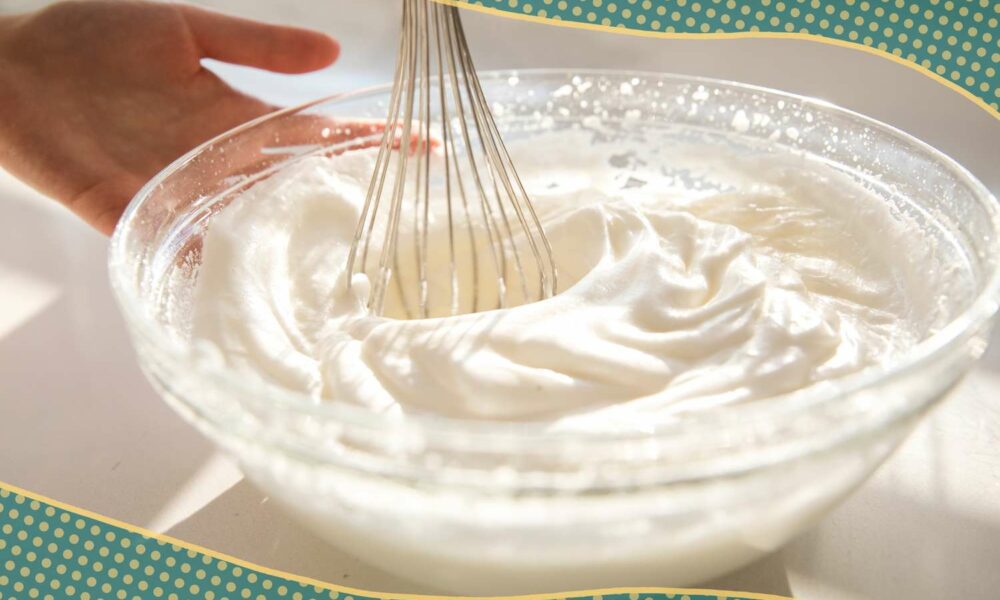Whipped Cream vs. Whipping Cream: Understanding the Differences

In the world of culinary delights, understanding the difference between whipped cream and whipping cream is essential. Both play a crucial role in cooking and baking, but they are not the same. This guide will explore the distinctions, uses, and preparation methods for each, ensuring clarity for both novice cooks and experienced chefs.
What is Whipped Cream?
Whipped cream deluxe is the end product created by whipping heavy cream until it becomes light and fluffy. This process incorporates air into the cream, resulting in a soft, stable foam that can be used as a topping or ingredient in various dishes.
Characteristics of Whipped Cream
- Texture:Light, airy, and fluffy.
- Stability:Holds its shape well once whipped.
- Sweetness:Often sweetened with sugar and flavored with vanilla or other extracts.
Uses of Whipped Cream
- Dessert Topping:Commonly used on pies, cakes, and hot beverages like hot chocolate.
- Ingredient:Incorporated into recipes such as mousses, trifles, and parfaits.
- Garnish:Adds a decorative and flavorful touch to desserts and beverages.
What is Whipping Cream?
Whipping cream, also known as heavy cream or heavy whipping cream, is a high-fat dairy product with a fat content typically between 30% and 36%. It is the cream that can be whipped to make whipped cream but is also used in its liquid form in various recipes.
Characteristics of Whipping Cream
- Fat Content:High, usually between 30% and 36%.
- Consistency:Thick and rich.
- Versatility:Can be used both whipped and unwhipped.
Uses of Whipping Cream
- Cooking and Baking:Used in sauces, soups, custards, and ice creams.
- Whipping:Whipped to create whipped cream for toppings and fillings.
- Beverages:Added to coffee, tea, and cocktails for a rich, creamy texture.
Key Differences Between Whipped Cream and Whipping Cream
- Form and Preparation
- Whipping Cream:The liquid form that can be whipped.
- Whipped Cream:The final product after whipping the whipping cream.
- Fat Content
- Whipping Cream:High fat content (30-36%) suitable for whipping.
- Whipped Cream:Contains the same fat content as whipping cream but incorporates air, making it less dense.
- Uses in Recipes
- Whipping Cream:Versatile ingredient used in both its liquid and whipped forms.
- Whipped Cream:Primarily used as a topping or ingredient that requires a light and airy texture.
How to Whip Cream
Whipping cream is a straightforward process that can be done using various tools:
Equipment Needed
- Whisk:Manual method for small quantities.
- Hand Mixer:Provides more control and efficiency.
- Stand Mixer:Ideal for large batches.
Steps to Whip Cream
- Chill the Cream:Ensure the cream is well-chilled before whipping.
- Start Slowly:Begin whipping at a low speed to prevent splattering.
- Increase Speed:Gradually increase the speed as the cream begins to thicken.
- Add Sweeteners and Flavors:Once soft peaks form, add sugar and vanilla extract if desired.
- Whip to Desired Consistency:Continue whipping until stiff peaks form, but avoid over-whipping as it can turn the cream into butter.
Tips for Perfect Whipped Cream
- Use Cold Equipment:Chill the mixing bowl and whisk or beaters for better results.
- Stabilize the Cream:Add a stabilizer like gelatin or cornstarch to maintain firmness for longer periods.
- Avoid Over-Whipping:Stop whipping once stiff peaks form to prevent the cream from becoming grainy.
Conclusion
Understanding the differences between whipped cream and whipping cream is crucial for achieving the desired results in your culinary creations. Whipping cream deluxe serves as the versatile base that can be used in its liquid form or whipped into a light and fluffy topping. By mastering the whipping process and knowing when to use each form, you can elevate your cooking and baking to new heights.





